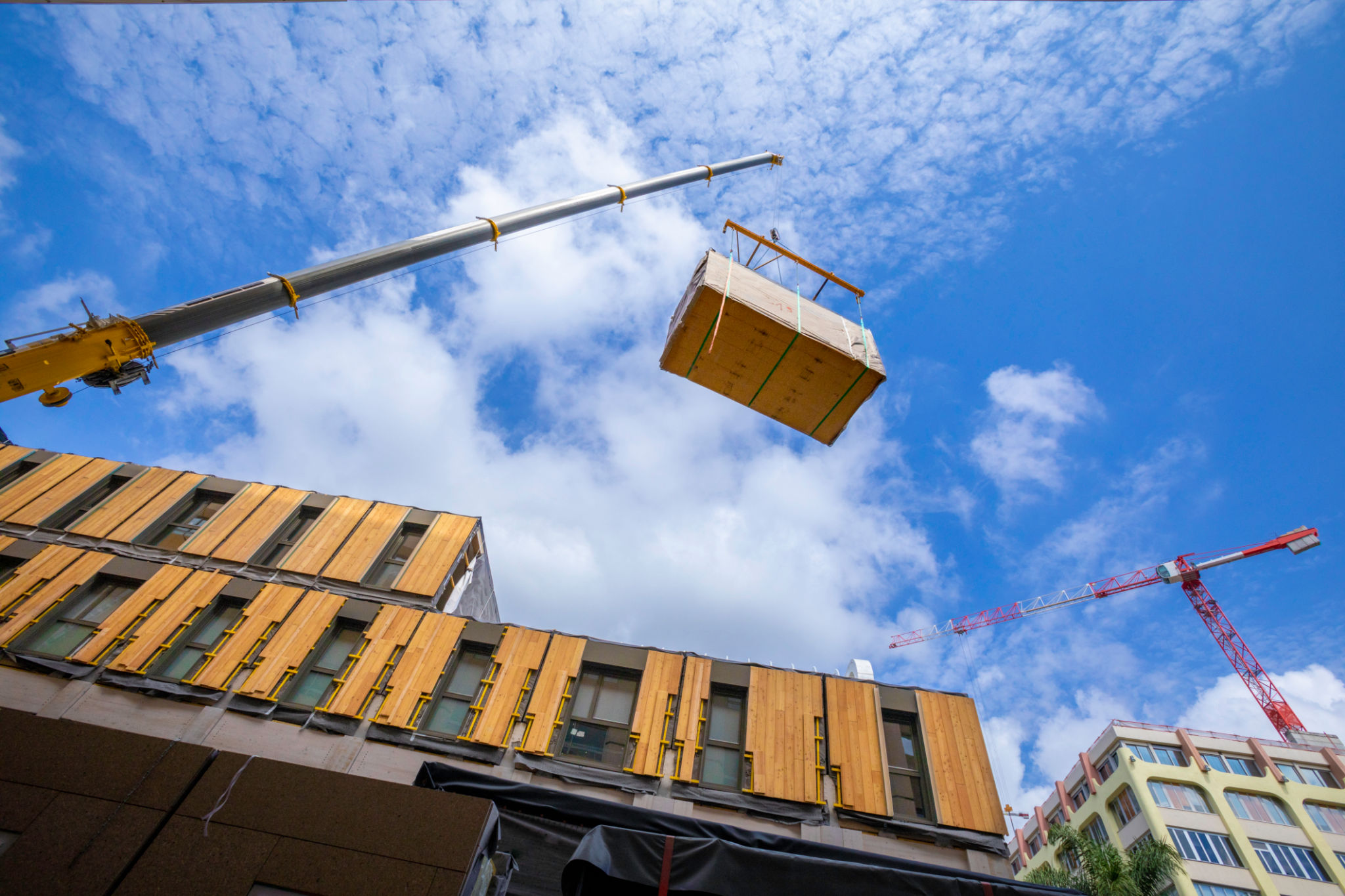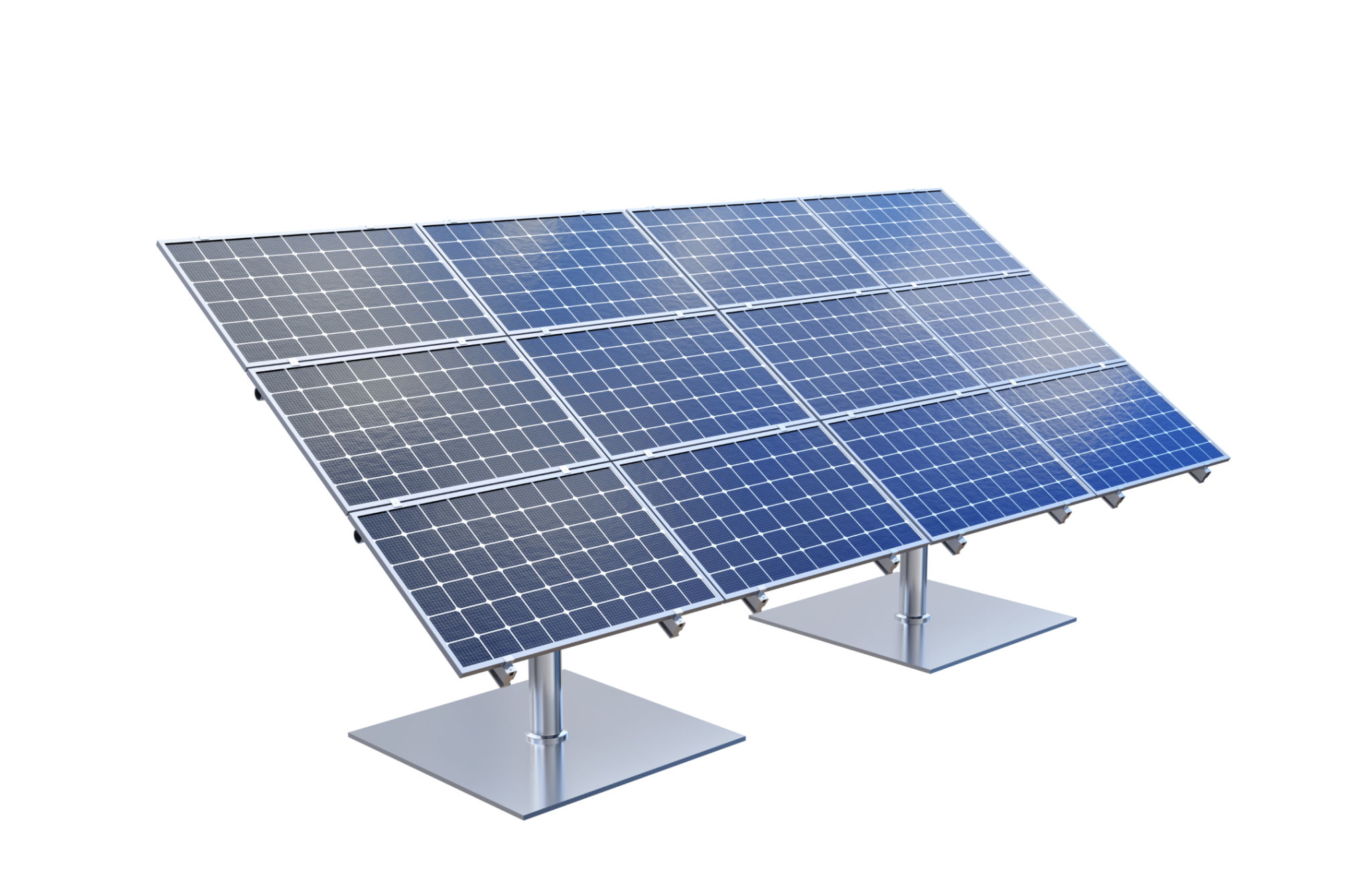Sustainable Building Practices in Construction: A Focus on Worcester County
Understanding Sustainable Building Practices
In recent years, sustainable building practices have become an essential focus within the construction industry. As environmental concerns continue to grow, industries worldwide are adapting to meet new standards and expectations. In Worcester County, these practices are gaining traction, reflecting a commitment to environmental responsibility and economic vitality.
Sustainable building, also known as green building, involves creating structures that are environmentally responsible and resource-efficient throughout their life cycle. This includes the design, construction, operation, maintenance, and eventual demolition. By emphasizing sustainability, Worcester County is paving the way for a healthier and more resilient community.

The Importance of Sustainable Materials
One of the key components of sustainable building is the use of sustainable materials. These materials have a reduced impact on the environment and are often sourced locally to minimize transportation emissions. In Worcester County, builders are increasingly using materials like recycled steel, bamboo, and reclaimed wood.
Not only do these materials reduce the carbon footprint of construction projects, but they also offer aesthetic and functional benefits. For example, bamboo is not only strong and versatile but also grows quickly, making it a renewable resource. Reclaimed wood adds character and history to a building while reducing the demand for new timber.
Energy Efficiency in Construction
Energy efficiency is another crucial aspect of sustainable building practices. By incorporating energy-efficient technologies and designs, buildings can significantly reduce their energy consumption. In Worcester County, construction projects are increasingly integrating features such as solar panels, high-performance insulation, and energy-efficient HVAC systems.
These technologies not only lower the environmental impact but also offer long-term cost savings to building owners. With energy costs continually rising, investing in energy efficiency can lead to substantial financial benefits over time.

Water Conservation Techniques
Water conservation is another vital element of sustainable construction. In Worcester County, builders are adopting innovative techniques to reduce water usage. These include installing low-flow fixtures, using drought-resistant landscaping, and collecting rainwater for irrigation purposes.
By implementing these water-saving strategies, construction projects can contribute to preserving local water resources. This is particularly important in areas prone to droughts or where water supply is a significant concern.

The Role of Technology in Sustainable Building
Technology plays a pivotal role in advancing sustainable building practices. Cutting-edge technologies such as Building Information Modeling (BIM) and smart building systems allow for more efficient planning and management of construction projects.
These technologies enable builders in Worcester County to optimize resource use, streamline operations, and enhance building performance. Smart systems can also monitor energy usage in real time, allowing for adjustments that maximize efficiency.
Community Engagement and Education
Finally, community engagement and education are critical components of promoting sustainability in construction. In Worcester County, efforts are being made to educate residents and businesses about the benefits of sustainable building practices.
Workshops, seminars, and collaborative projects are some ways the community is becoming more involved. By raising awareness and understanding, these initiatives help ensure that sustainable practices continue to grow and evolve in Worcester County.
In conclusion, sustainable building practices are reshaping the construction landscape in Worcester County. By focusing on sustainable materials, energy efficiency, water conservation, and technological advancements, the region is demonstrating a commitment to environmental responsibility and long-term economic sustainability.